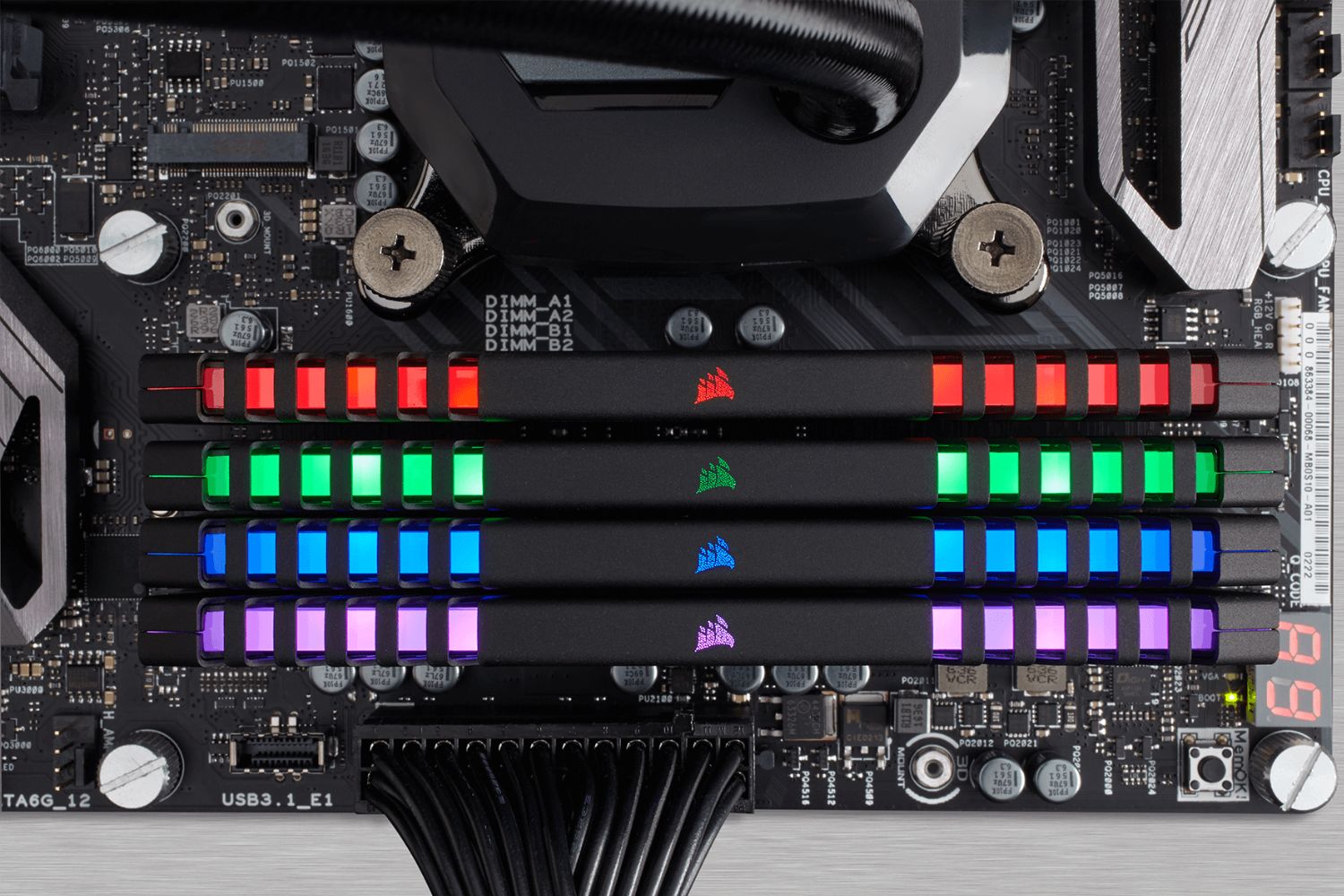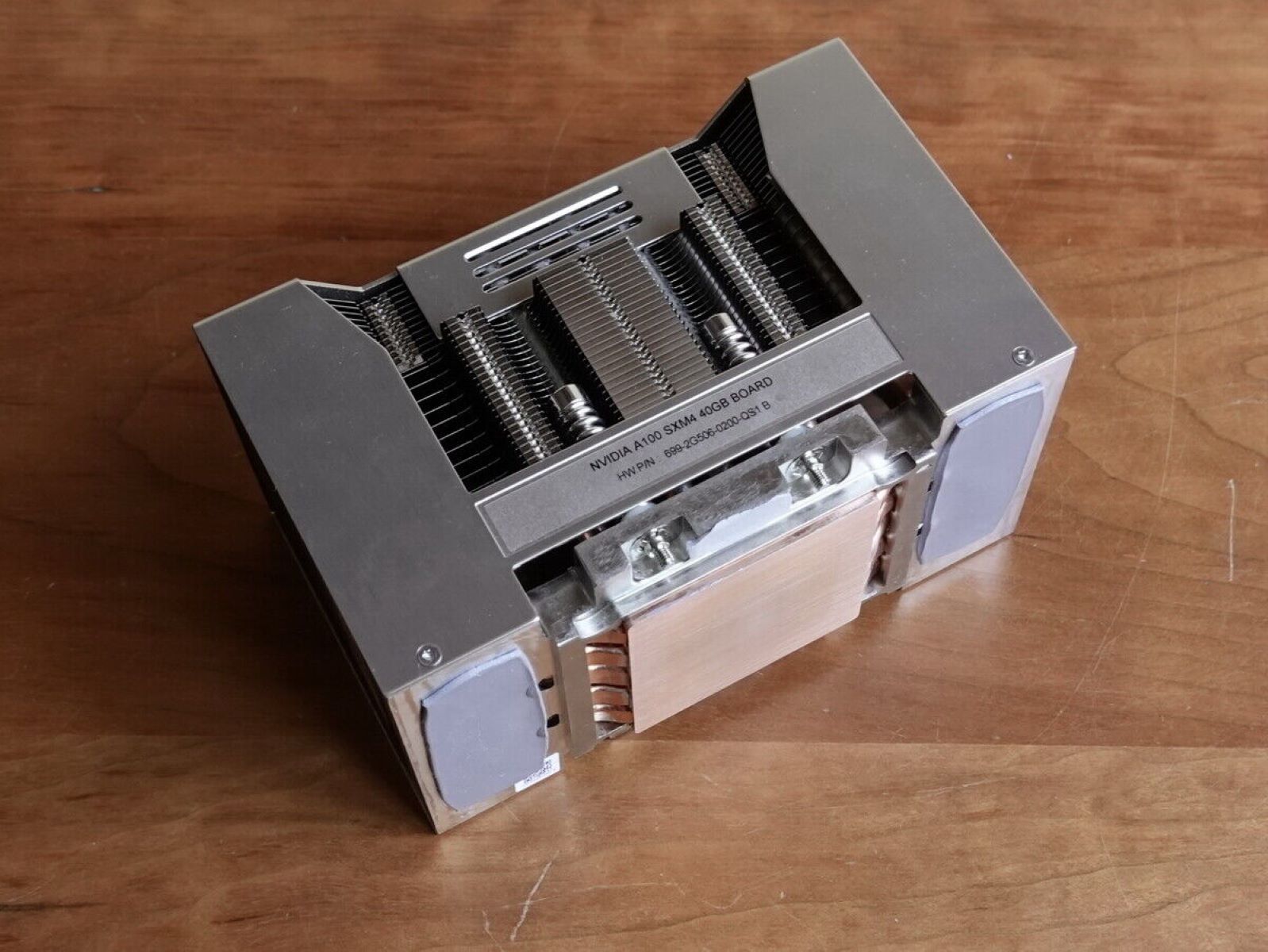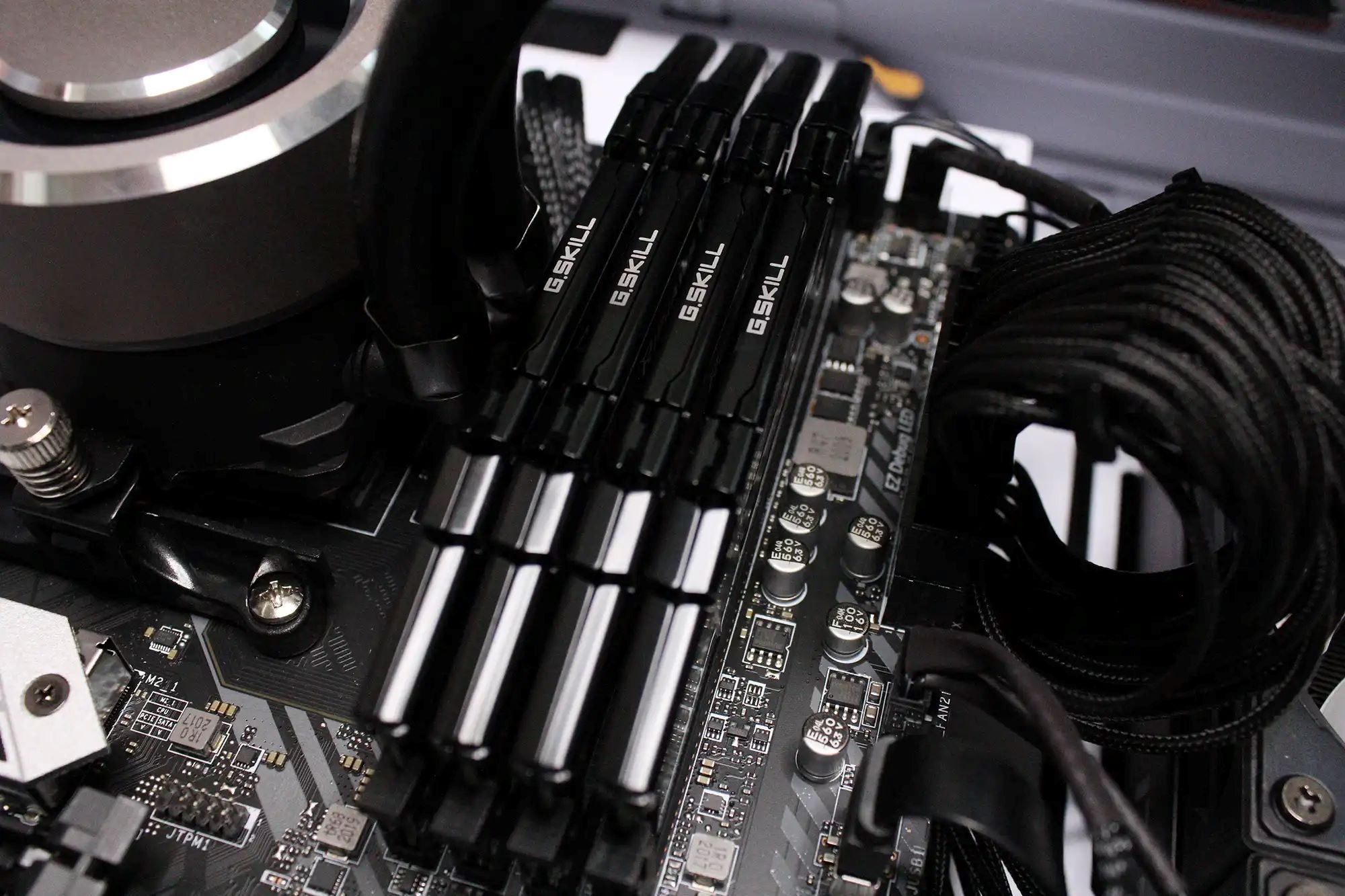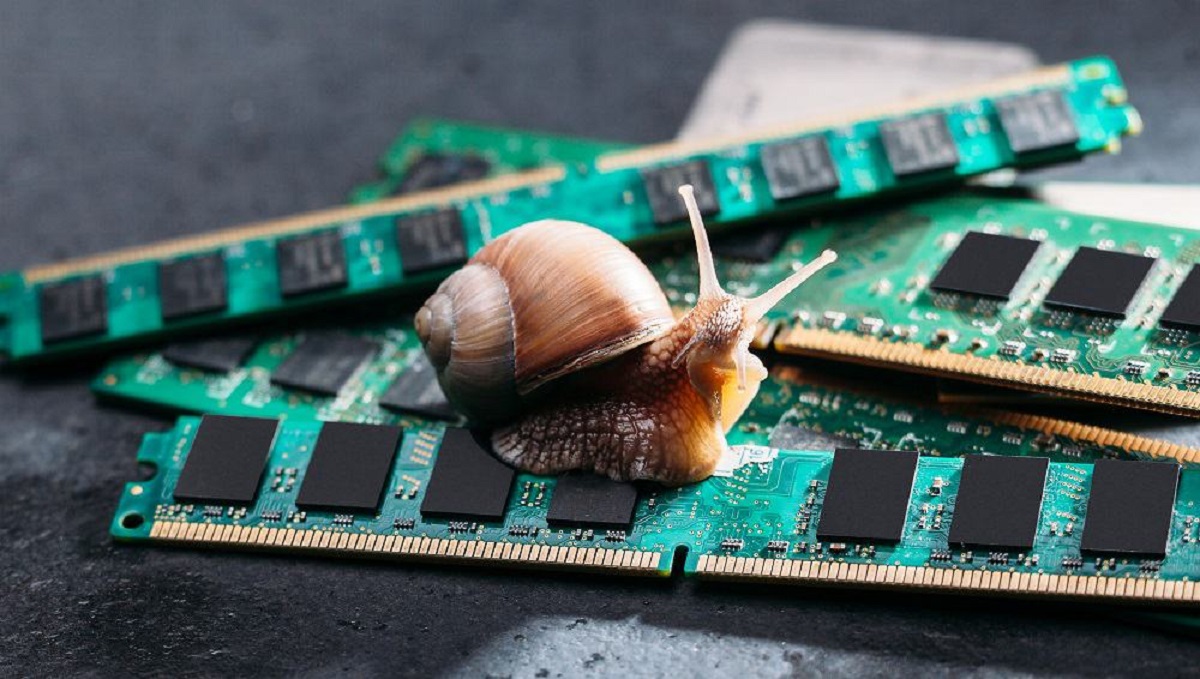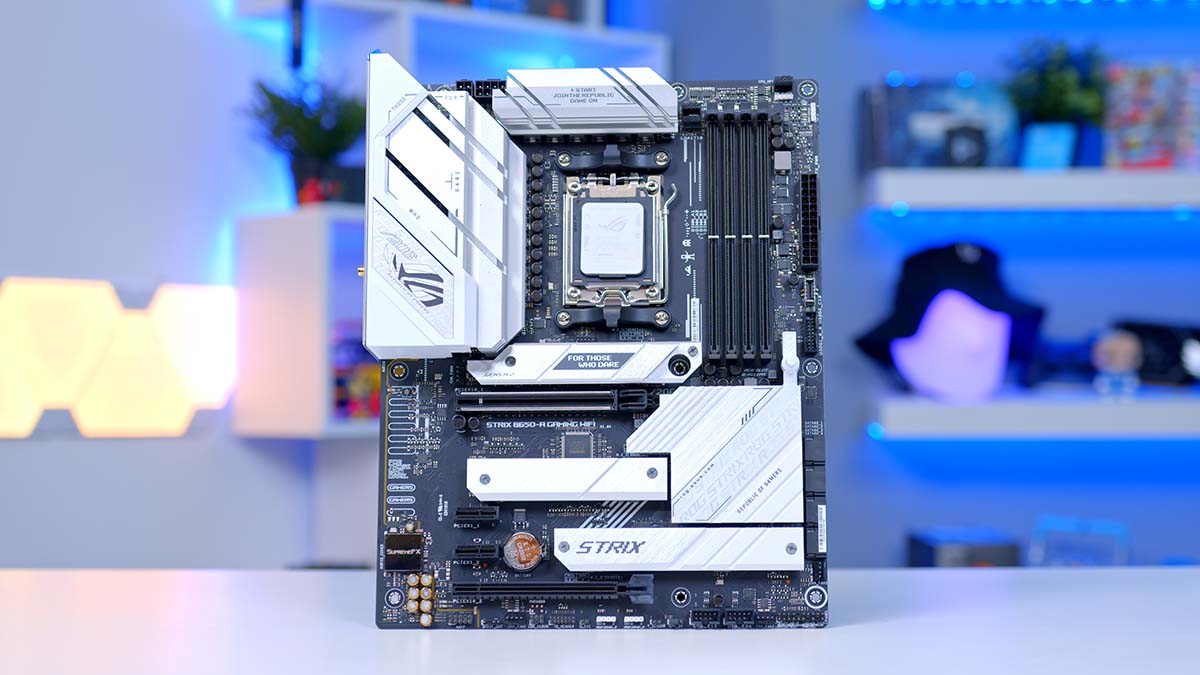Introduction
Welcome to our informative guide on how to tape down RAM Board. If you’re involved in construction, remodeling, or any project that involves flooring installations, you’ve likely come across RAM Board. RAM Board is a heavy-duty temporary floor protection material designed to safeguard surfaces against daily wear and tear, spills, and impact from tools and equipment.
Taping down RAM Board is an essential step that ensures the protection remains in place and functions optimally throughout the project. In this article, we will walk you through the step-by-step process of properly taping down RAM Board, as well as provide you with some useful tips to ensure a secure hold. Whether you’re a contractor, a DIY enthusiast, or simply in charge of protecting your floors during a renovation, this guide will equip you with the necessary knowledge to get the job done right.
Before we dive into the details, let’s take a closer look at what RAM Board is and why it’s important to tape it down.
What is RAM Board?
RAM Board is a durable and versatile temporary floor protection product that is commonly used in construction, renovation, and remodeling projects. It is made from a combination of recycled cardboard and kraft paper, which is then coated with a layer of spill-resistant material to provide additional protection.
This heavy-duty protection board is designed to shield a variety of floor surfaces, including hardwood, tile, laminate, concrete, and carpet, from damage and debris. The dense cardboard structure of RAM Board ensures that it can withstand heavy traffic, footprints, spills, and impact from tools and equipment commonly used in construction. This makes it an indispensable tool for contractors and DIY enthusiasts alike, offering peace of mind and cost savings by preventing costly damage to floors.
RAM Board comes in large rolls or individual sheets that can be easily cut into the desired size and shape to fit specific floor areas. It is a lightweight yet robust solution that is also eco-friendly, as it is made from recycled materials. The spill-resistant coating on RAM Board prevents water, paint, mud, and other liquids from seeping through and damaging the floor underneath.
Beyond its exceptional protective qualities, RAM Board is also easy to handle and install. It has a sturdy surface that provides traction, making it safe to walk on. Additionally, it can be easily secured in place with tape, ensuring it stays in position during the entire duration of the project.
In the next section, we will explore the importance of taping down RAM Board and why it is necessary for optimal floor protection.
Why Tape Down RAM Board?
Taping down RAM Board is a crucial step in ensuring effective floor protection throughout your construction or renovation project. While RAM Board itself provides a durable barrier against damage, taping it down offers several important benefits:
- Enhanced Stability: Taping down RAM Board prevents it from shifting or moving as people walk or work on the protected surface. This ensures that the floor remains fully covered and protected, reducing the risk of accidental damage or contamination.
- Seamless Coverage: Taping the edges and seams of RAM Board creates a seamless barrier to prevent debris, liquids, and other contaminants from seeping underneath. By sealing the edges, you can ensure that no gaps are left exposed, maintaining the integrity and effectiveness of the floor protection.
- Longevity of Protection: When RAM Board is securely taped down, it remains in place even during heavy foot traffic or when moving heavy objects. This extends the lifespan of the floor protection, allowing it to effectively secure the floor surface over an extended period.
- Prevention of Accidents: Taping down RAM Board minimizes the risk of tripping and slipping hazards that may occur when the protective sheets become loose or start to curl at the edges. By securing the RAM Board with tape, you can maintain a safe working environment and prevent unnecessary accidents.
- Easy Removal: When it’s time to remove RAM Board, having it taped down makes the process much simpler. The tape can be easily removed without damaging the protected floor surface, ensuring a smooth transition after the project is complete.
By properly taping down RAM Board, you can maximize its effectiveness in safeguarding your floors and minimize the chances of any incidental damage. In the next section, we’ll take a look at the tools and materials you’ll need to tape down RAM Board effectively.
Tools and Materials Needed
Taping down RAM Board requires a few essential tools and materials to ensure a secure and reliable hold. Here’s a list of what you’ll need:
- RAM Board: Of course, you’ll need the RAM Board itself. Measure the area you want to protect and obtain enough sheets or rolls of RAM Board to cover the entire surface.
- Tape: Select a high-quality tape that is specifically designed for secure adhesion to RAM Board. Most contractors recommend using painter’s tape, as it offers strong adhesion but can be easily removed without leaving residue or damaging the floor surface.
- Scissors or Utility Knife: Depending on the size and shape of the protected area, you’ll need scissors or a utility knife to cut the RAM Board to the appropriate size. Ensure that your cutting tool is sharp and capable of cleanly slicing through the material.
- Measuring Tape: A measuring tape will come in handy for accurately measuring the dimensions of the area you need to protect. This will ensure you cut the RAM Board accurately and efficiently.
- Optional: Double-Sided Tape: If you want to ensure extra stability and prevent any movement of the RAM Board, you can consider using double-sided tape in addition to painter’s tape. Double-sided tape is particularly useful when protecting carpeted areas.
Before starting the taping process, make sure you have all the necessary tools and materials readily available. This will help streamline the installation and ensure a smooth and effective application of the RAM Board.
Next, we’ll provide you with a step-by-step guide on how to tape down RAM Board correctly to maximize its floor protection capabilities.
Step-by-Step Guide on How to Tape Down RAM Board
Follow these steps to properly tape down RAM Board and ensure effective floor protection:
- Clean the Surface: Before laying down the RAM Board, ensure that the floor surface is clean and free of any debris or dirt. This will help the tape adhere better and provide a secure hold.
- Measure and Cut: Use a measuring tape to determine the dimensions of the area you want to protect. Then, cut the RAM Board to the appropriate size and shape using scissors or a utility knife.
- Position the RAM Board: Carefully place the RAM Board onto the floor surface, ensuring it covers the intended area completely. Smooth out any wrinkles or creases for a flat and even installation.
- Tape the Edges: Starting from one edge, apply painter’s tape along the perimeter of the RAM Board, pressing it firmly to secure the edges. If using double-sided tape, apply it along the edges as well for additional reinforcement.
- Tape the Seams: If you’ve used multiple pieces of RAM Board to cover a larger area, ensure that the seams between the pieces align properly. Apply painter’s tape across the seams, overlapping the edges of the RAM Board to create a seamless barrier.
- Continue Taping: Work your way across the entire RAM Board, applying tape parallel to the edges every few feet. This will ensure the RAM Board remains securely in place and prevents any lifting or shifting.
- Smooth Out Air Bubbles: As you tape down the RAM Board, check for any air bubbles that may have formed. Gently press down on the affected areas to remove any trapped air and create a smooth, tight fit.
- Repeat if Necessary: If you have additional layers of RAM Board to add, follow the same taping process for each layer. Ensure that the edges and seams are properly sealed to provide maximum protection.
By following these steps, you can securely tape down RAM Board and effectively safeguard your floors throughout your project. The next section will provide you with some useful tips and tricks to ensure a secure taping job.
Tips and Tricks for Secure Taping
When taping down RAM Board, consider these valuable tips and tricks to ensure a secure and reliable hold:
- Use High-Quality Tape: Invest in good-quality painter’s tape that offers strong adhesion to the RAM Board. This will provide a secure hold while allowing for easy removal without leaving residue or damaging the floor surface.
- Overlap the Tape: When applying tape along the edges or seams of the RAM Board, be sure to overlap the tape to create a strong bond. Overlapping helps prevent lifting and shifting of the RAM Board during construction activities.
- Apply Extra Tape: If you anticipate high foot traffic or heavy equipment moving across the protected area, consider adding extra rows of tape parallel to the edges. This will provide additional reinforcement and ensure a more secure hold.
- Smooth Out Wrinkles: Take the time to smooth out any wrinkles or creases in the RAM Board before taping it down. This will help to provide a flatter surface, preventing air pockets and improving the overall aesthetics of the protected area.
- Avoid Excessive Stretching: While securing the RAM Board with tape, avoid pulling or stretching the material too much as it can cause the tape to lose its grip over time. Apply firm but gentle pressure to ensure a secure and long-lasting hold.
- Test Adhesion Periodically: During the project, periodically check the tape’s adhesion to the RAM Board. If you notice any lifting or loosening, reapply or reinforce the tape as needed to maintain a secure hold.
- Consider Temperature and Humidity: Extreme temperature and humidity can affect the adhesion of tape. If working in conditions outside the recommended range, choose tape that is specifically designed to withstand these variations for optimal performance.
- Dispose of RAM Board Properly: Once you’re done with the project, responsibly dispose of the used RAM Board. Remove the tape gently to prevent any damage to the floor surface and dispose of the RAM Board in accordance with local regulations and recycling guidelines.
By implementing these tips and tricks, you can ensure a secure and reliable taping job when using RAM Board for floor protection. In the next section, we’ll explore the benefits of taping down RAM Board beyond surface protection.
Benefits of Taping Down RAM Board
Taping down RAM Board offers a range of benefits that go beyond just surface protection. Here are some of the key advantages:
- Improved Safety: By securely taping down RAM Board, you create a level and stable surface that reduces the risk of slips, trips, and falls. This is especially important in construction and renovation sites where foot traffic and potential hazards are prevalent.
- Time and Cost Savings: Taping down RAM Board saves time and money by preventing damage to the floor surface. It eliminates the need for costly repairs or replacement of flooring materials, ensuring that your project stays on track and within budget.
- Clean and Professional Appearance: Taping down RAM Board provides a clean and professional look to the protected area. It creates a seamless barrier that keeps dust, dirt, and debris out, ensuring a neat and tidy work environment.
- Protects Against Spills and Stains: The spill-resistant coating on RAM Board combined with proper taping prevents liquid spills from seeping through and staining the floor underneath. This is particularly beneficial when working with paints, adhesives, or other potentially damaging substances.
- Flexibility and Reusability: When RAM Board is securely taped down, it can be walked on, moved, or repositioned without losing its protective qualities. This flexibility allows for easy maneuverability and reuse of the RAM Board on future projects.
- Preserves Floor Value: Taping down RAM Board helps maintain the value and integrity of the floor surface. Whether you’re protecting expensive hardwood, luxurious carpeting, or high-end tiles, proper taping prevents scratches, dents, and unsightly damage.
- Reduces Cleanup and Dust: The tight seal created by taping RAM Board discourages the accumulation of dirt and dust, making cleanup quicker and more efficient. This is especially beneficial for projects that generate a lot of debris or involve sanding or cutting materials.
- Peace of Mind: Finally, taping down RAM Board provides peace of mind knowing that your floors are adequately protected. It allows you to focus on your project without worrying about accidental damage or the additional cost and hassle of repairing or replacing floors.
Taping down RAM Board offers these significant benefits, making it a wise investment for any construction, remodeling, or renovation project. In the next section, we’ll discuss the maintenance and removal of taped RAM Board.
Maintenance and Removal of Taped RAM Board
Proper maintenance and timely removal of taped RAM Board are essential to ensure its effectiveness and prevent any damage to the protected floor. Here are some guidelines to follow:
Maintenance:
- Regular Inspection: Periodically inspect the taped RAM Board to ensure it remains securely in place and that the tape adhesion is intact. Check for any signs of lifting or shifting, and reinforce the tape if needed.
- Keep the Surface Clean: Sweep or vacuum the protected area regularly to remove any dirt, debris, or construction residue that may accumulate on the surface of the RAM Board.
- Address Spills Immediately: If any spills occur on the RAM Board, clean them up promptly to prevent leakage or seepage underneath. Wipe up liquid spills or use an absorbent material to avoid potential damage to the floor surface.
- Keep Heavy Objects in Check: Avoid dragging or sliding heavy objects over the taped RAM Board, as this can potentially dislodge the protection or cause tears and damage. Take extra precautions when moving furniture or equipment across the protected area.
Removal:
- Gently Remove the Tape: When it’s time to remove the RAM Board, start by carefully peeling off the tape at one edge. Pull the tape at a 45-degree angle, ensuring a smooth and controlled removal process without causing any damage to the floor surface.
- Dispose of RAM Board Properly: After removing the tape, handle the RAM Board with care. Roll it up or fold it neatly to facilitate proper disposal or recycling. Follow local regulations and recycling guidelines for disposing of the RAM Board responsibly.
- Clean the Floor Surface: Once the RAM Board is removed, inspect the floor surface for any residue or debris left behind. Use a mild cleaning solution or damp cloth to gently clean the surface, ensuring it is free from any tape adhesive or spills that may have seeped through.
By following these maintenance and removal procedures, you can ensure the continued efficacy of your RAM Board protection and a smooth transition back to the original floor surface.
After exploring maintenance and removal, we’ve covered the essential aspects of taping down RAM Board. In the concluding section, we’ll summarize the key information shared in this guide.
Conclusion
Properly taping down RAM Board is a vital step to ensure effective floor protection during construction, remodeling, or renovation projects. By following the steps outlined in this guide, you can securely tape down RAM Board and enjoy the many benefits it offers.
From enhanced stability and seamless coverage to improved safety and cost savings, taping down RAM Board provides a range of advantages. It protects your floors from damage, prevents slips and trips, and maintains a clean and professional appearance throughout the project.
Remember to use high-quality tape, overlap the edges, and smooth out any wrinkles for a secure and reliable hold. Regularly inspect and maintain the taped RAM Board, keeping the surface clean and addressing spills promptly. When it’s time for removal, handle the RAM Board with care and dispose of it responsibly.
By utilizing RAM Board and properly taping it down, you can protect your floors, save time and money on repairs, and ensure a safe and professional working environment. So, whether you’re a contractor, a DIY enthusiast, or someone responsible for safeguarding floor surfaces, following these guidelines will help you achieve optimal results.
Thank you for reading our comprehensive guide on how to tape down RAM Board. We hope the information provided has been valuable and will assist you in your future flooring protection endeavors.









